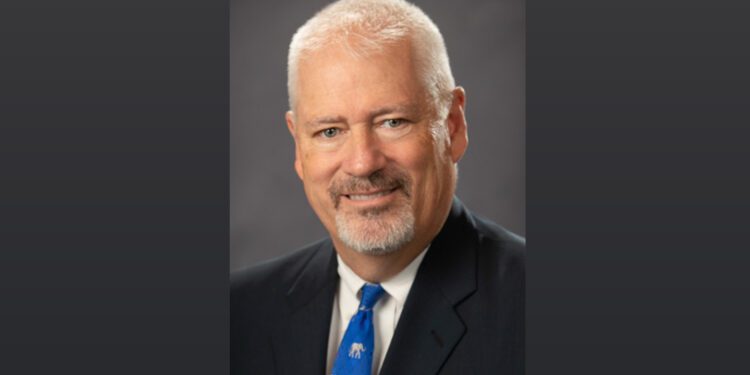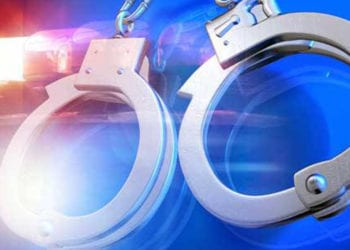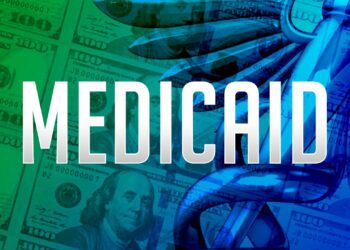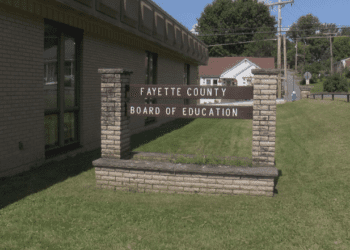(LOOTPRESS) – The West Virginia Turnpike has a long and storied history .The story begins with legislation in 1949 that called for construction of a toll road from southern West Virginia to the capitol. The tolls funded bonds sold to finance construction with the tolls to be removed once the bonds were paid. Over the years, additional bonds were sold to finance various upgrades that eliminated the possibility of removing the tolls. In time, the law was changed that precluded the additional sale of bonds and the elimination of tolling was scheduled on the final bond payoff in 2019.
The story takes a dramatic turn in 2017. During the regular session of the West Virginia Legislature there was a push for additional road dollars including dollars that could be
produced by the West Virginia Turnpike. The push was defeated. The Governor, then democrat Jim Justice, vetoed the budget passed by the legislature and during a June special session indicated that he wanted his Roads to Prosperity program funded, including bonding of tolls on the Turnpike or he didn’t intend to approve of the Budget causing a potential government shutdown on July 1.
A bill was hotly debated and modified in several ways to gain a majority of votes and
passage. The Easy Pass program was established, an approval process for other areas of
the state for counties was put in place, a limit of toll increases after the initial increase was
put in place or no more than every 3 years and a max of 5% and spending bond proceeds in
the 10 southern counties to make the bill palatable. There was also a process of instituting
a toll increase that included public notice of the increase, and public meetings in each
county along the turnpike to explain the need for the increase and to take public input.
While these were small concessions, they were important.
After the initial rates were set following passage of the legislation that were double the
previous rates (as predicted in house floor debate) the Parkways Authority sold bonds and
moved forward. They held public meetings, posted notice, and explained the need for the
increase and how it would be used as required by the legislation. Three years later though
in 2021, the Parkways Authority failed to go through this process. Their explanation for not
going through this process is that they engaged in the notice, explanation, and meetings in
2018 and thus are not ever required too ever again. WV Code Chapter 17-16A plainly
indicates otherwise.
A lawsuit was filed in December of 2021, and was heard in Kanawha County Circuit Court
in February of 2022. No decision has been made two and a half years later. On January 1,
2025, the Parkways Authority plans to increase the tolls another 5% and again do not plan
to explain to southern West Virginia the need for the increase and what is being funded by
the additional dollars.
Why would a public entity that was granted new life by the 2017 legislation not want to be
completely transparent and explain the reasoning for additional taxation? Even if they
wanted to interpret the law as they do, they should want to advise the public. Not doing so
seems a bit arrogant. Hb 4744 passed through the West Virginia House of delegates 97-1.
This bill reasserted the requirements set forth in 17-16A, unfortunately the Senate didn’t
take up the bill. This bill will once again be debated in 2025 and hopefully will be passed
into law. It is a shame though that a government agency requires additional law to do not
only the things currently in code but also are a moral obligation of government.
Southern West Virginia bears a burden not born by any other part of the state. We pay to
fund highways via gas tax and again pay to travel on the main highway connecting people to
the seat of government and the commercial center of the state. At a minimum, we should
expect an explanation of the need for more money and to comment on the increases.









